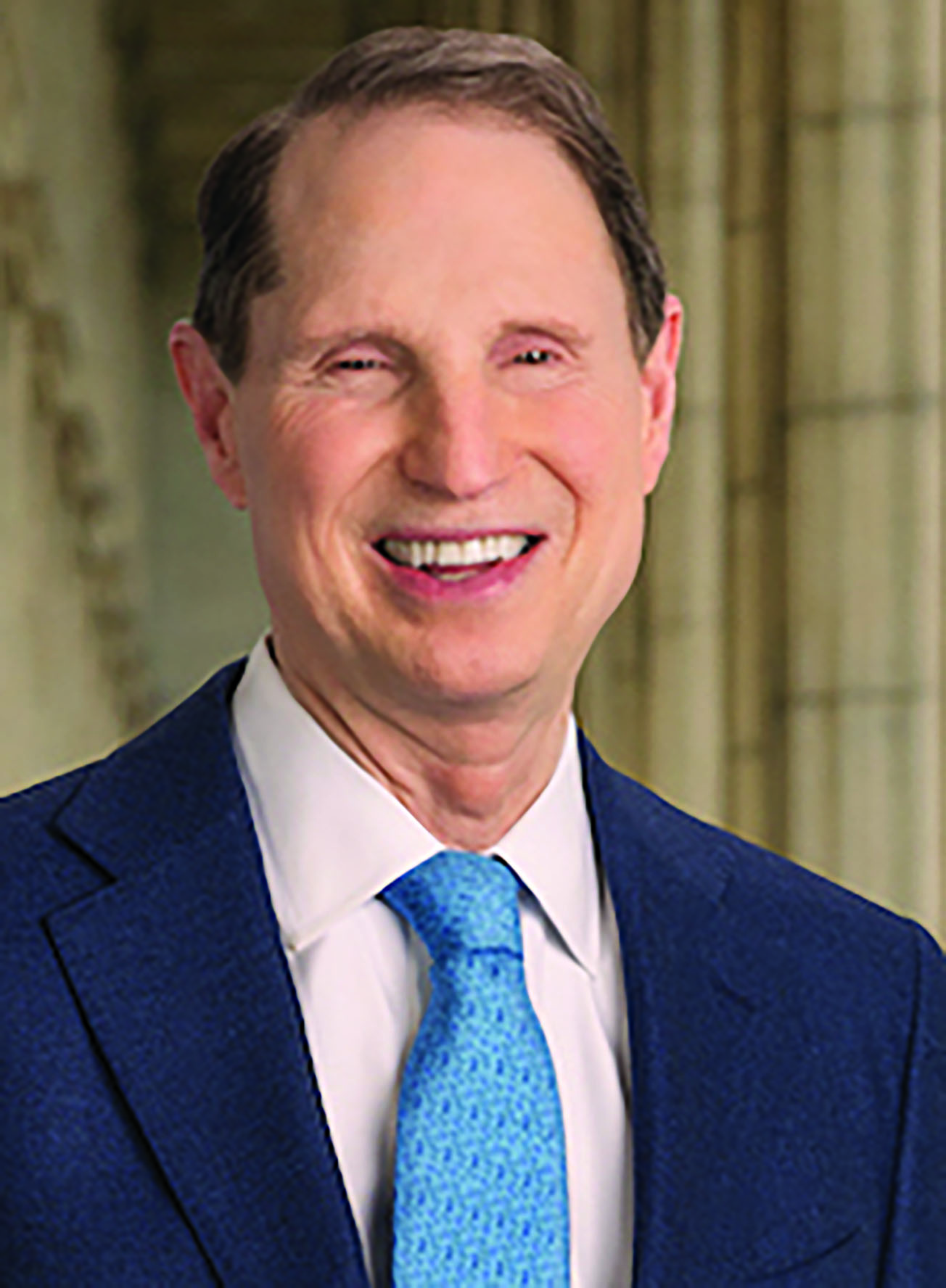A weekend showdown to rival golf’s best
Published 11:31 am Monday, July 25, 2016
In 1977, Tom Watson edged Jack Nicklaus by one stroke to win what used to be called “The British Open,” one of golf’s four major tournaments, which was played that year at Turnberry in Scotland. The iconic match eventually came to be known as “The Duel in the Sun,” in part perhaps because the weather on the final day was atypical (since Scotland is more often windy and rainy), but primarily because Watson and Nicklaus played so superbly that they cleared the rest of the field by 10 strokes at the end of four days of competition. Their final-round scores of 65 (Watson) and 66 (Nicklaus) and their great sportsmanship in the midst of intense competition gave the tournament the feel of match play and earned the two friends and their battle a treasured place in golf’s renowned history.
This year’s head-to-head weekend play at Scotland’s Royal Troon Course between Sweden’s Henrik Stenson and American Phil Mickelson — at the event now known as “The Open” — deserves to be remembered right alongside “The Duel in the Sun.” In fact, as golf’s elder statesmen and classy sportsmen, Watson and Nicklaus both already have acknowledged the match between Stenson and Mickelson might even have surpassed their legendary finale.
Trending
Several points of comparison on the basis of score alone would support that claim. Mickelson’s final round of 65 left him 11 strokes ahead of the third-place finisher. Stenson’s winning round of 63 equaled the best round ever in any major (which already had been tied by Mickelson on Thursday in his opening round), matching Johnny Miller’s historic 63 at the U.S. Open at Oakmont in 1973. Meanwhile, Stenson’s score of 264 (20 under par) set a new standard for the best total score ever recorded in any major.
But while scores are well worth noting for history’s sake, what made the viewing of this tournament most compelling was the match-play feel and the consistently high level of shot-making by both Mickelson and Stenson throughout the tournament. For years, Mickelson has been my favorite player to root for on the PGA Tour, partly because of his sportsmanship and his consistently gracious treatment of the fans, but also because of his scrambling ability and his gambling mentality as a player. On Saturday, after a wayward drive, he decided to take on a shot where his backswing was impeded by a gorse bush. Even as I was urging him telepathically from thousands of miles away to “just take the penalty and the drop, Phil,” he chose to ignore my well-intended advice and somehow punched the next shot down the fairway. Then he followed up that recovery shot with one of his masterful wedges, using backspin that drew the ball back 20 feet down a slope on the green, before he finally drained a 10-foot putt to save par. And that, in a nutshell, is what makes “Phil the Thrill” the amazing, lovable escape artist who has won more PGA tournaments and majors in his era than any other golfer besides Tiger Woods.
Mickelson’s play on Sunday probably was as good as any round in his entire career. He shot a 65 with four birdies and an eagle, and without a bogey or a three-putt. Three times he scrambled brilliantly to save par on holes where he had hit an errant shot. Yet despite his outstanding performance, he was unable to match Stenson. The stoic Swede faltered on two holes where his three putts led to bogeys, but because his ball-striking was so nearly flawless, and because he was able to sink five putts from outside of 15 feet (including one from over 50 feet), Stenson was able to reel off 10 birdies to go 8 under par for the round.
For Stenson, at age 40, this was his first major win, and it was richly deserved. For Mickelson, at age 46, this was perhaps as good a second-place, final-day performance as any golfer has ever turned in. For me and millions of other golf fans, this was a match for the ages.
John McColgan writes from his home in Joseph.









